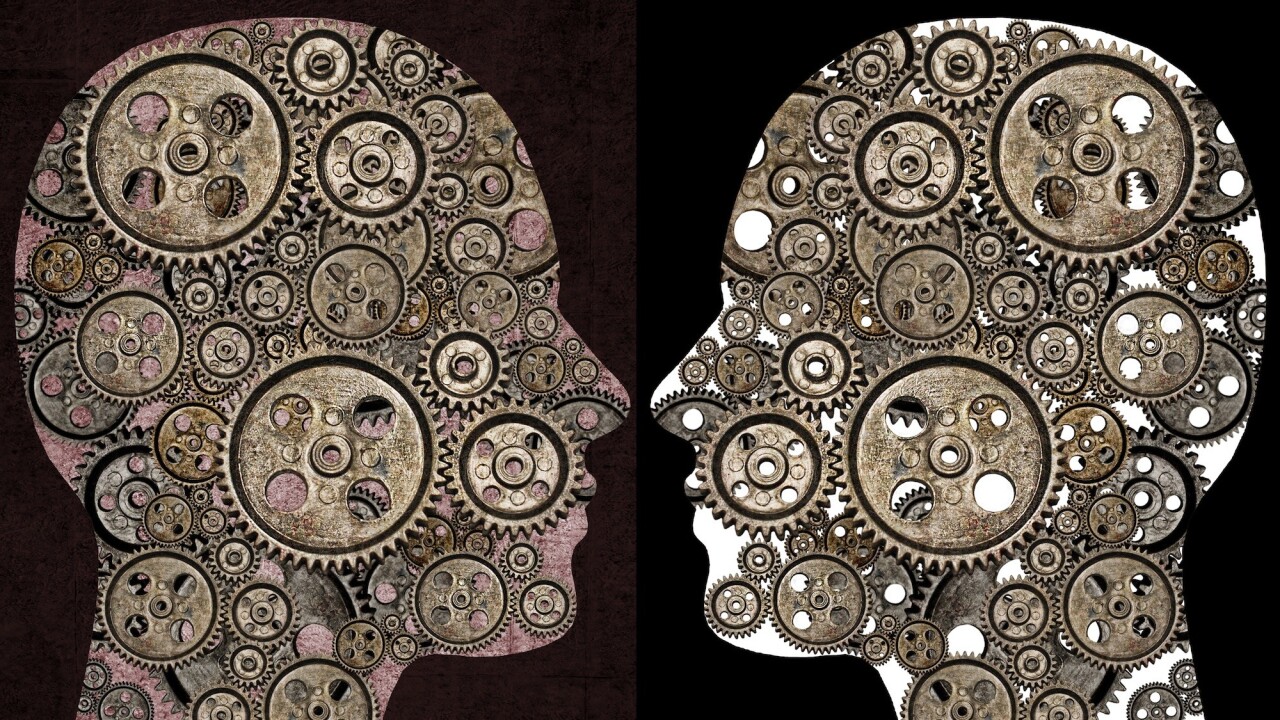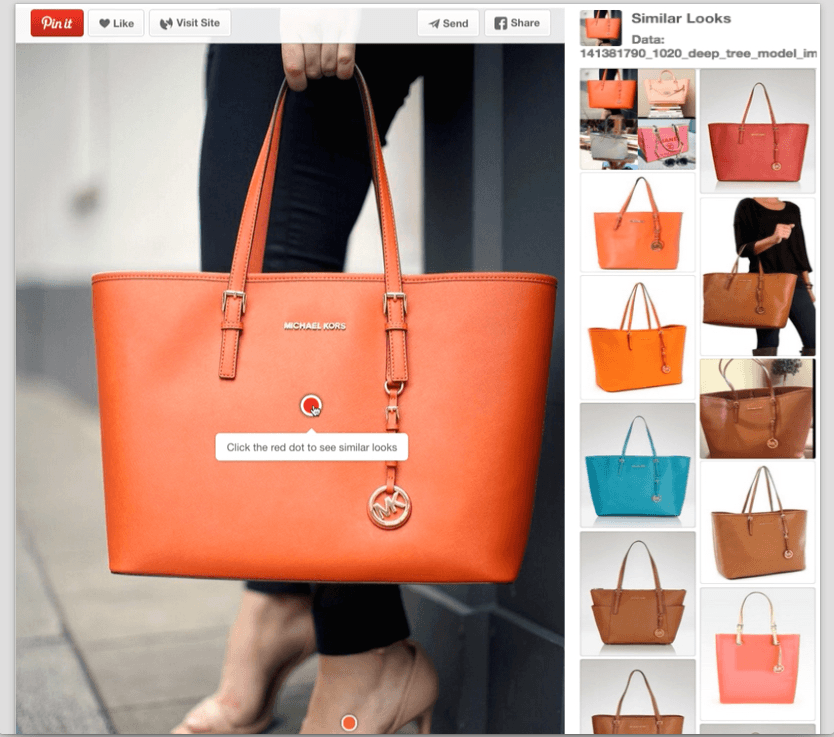
Machines are getting smarter. And pretty soon, they’ll come for us.
That seems to be the story today, whether from Hollywood or in breathless articles in popular tech magazines about artificial intelligence and nanotechnology.
In a world where machines can learn, once humans push the “on” button, there’s no stopping our robot overlords, right?
Not exactly.
When machines become more intelligent, humans are freed to become more creative. That opens doors to completely new possibilities.
At the most basic level, machines “learn” by using algorithms to analyze data and find patterns or predict outcomes. Machine-learning technologies use the results they obtain to adapt their algorithms and improve them over time – they learn.
Amazon’s recommendations engine is a simple example.
If the merchant feeds you a buying suggestion that turns out to be way off the mark, it will alter its process in an attempt to feed you better recommendations next time.
Pinterest recently unveiled a machine-learning search tool based on image recognition.

Users can click on anything within an image on the site – a lamp in the background of an apartment setup, for instance, or a driving cap worn by the subject in an image – and Pinterest searches its entire archive to offer up visually similar results.
Data frees-up minds, and fuels them for creativity
Billionaire tech visionary Peter Thiel has pointed out that while machines are very good at processing massive amounts of data, they still can’t make thoughtful decisions or draw sensible conclusions.
Judgment is still solidly handled by humans.
That’s why the emergence of machine learning is so exciting. Computers free us up to concentrate on more creative tasks.
Rather than fearing machines, we should look for ways to harness them so we can better innovate.
After all, people used to worry about ATMs taking jobs away from bank tellers.
But machines count, collect, and distribute money much better than humans do. And by automating cash withdrawals and check deposits, banks were able to reallocate labor toward more complex tasks, like loan originations and advisory services.
Machines can’t empathize. But humans can. So by freeing up labor, ATMs helped banks – and even bank tellers – better service their customers.
Ultimately, no algorithm could replicate the essential emotional connections needed to help a customer take out a mortgage, start a college fund, or make sense of a deceased parent’s finances.

The fashion industry is on the verge of a similar evolution.
Researchers at the University of Toronto just announced they’ve completed a program that uses algorithmic learning and computer vision to identify people’s fashion mistakes. The program can figure out which outfits work and which don’t – and make recommendations on how to upgrade a wardrobe.
The widespread adoption of this technology would free up fashion specialists to provide more personalized guidance to shoppers and employ brilliant seasonal campaigns.
A similar trend is emerging in medicine.
Already, machine learning is helping doctors make better diagnoses. Eventually, it could help identify high-risk patients and predict readmissions, thus enabling physicians to better tailor their treatment plans. That could reduce health care costs and improve patient outcomes.
If this all seems a little too Pollyannaish, consider your everyday online browsing habits. Just like Amazon recommends products you may be interested in, YouTube recommends videos you might want to watch – and LinkedIn offers up blog posts you might want to read. These sites offer customized content you might never find on your own.
For creative types, these discoveries often inspire the development of even better content. A budding producer might discover a fun filming technique she had never thought of thanks to YouTube. A young entrepreneur might learn about a new method of office management on LinkedIn.
Embracing the future takes effort
While machines won’t be our overlords, they will be our coworkers.
In just about every industry, people will have to embrace non-human collaborators. Aptly questioning and gathering input from sophisticated software – a healthy give and take between man and machine – will become the norm.

This is exciting.
Supercomputers can make us superhuman. As machines explore the depths of digital data, humans will be freed to innovate far and wide.
We’re already seeing this with design-driven technology, a cross-section of art and science.
With machines handling the hard numbers, we’ll have more time to embrace our human strengths of creativity and empathy. Marketers who embrace artificial intelligence have extra human capital to spend on artistic ideas and moving ads.
Thanks to machines, we’re replacing the data-packed spreadsheet with the high-level marketing brainstorm session.
Albert Einstein famously, if apocryphally, used an algorithm to solve the problem of what to wear. His goal was to avoid wasting time and brainpower picking out clothes every morning. So each day, he wore one of several identical gray suits he’d purchased.
Of course, if Einstein had Netflix – or Bravo, if I’m being honest – perhaps he would have spent all the time he freed up by wearing the same outfit every day binge watching TV.
Algorithms and machine learning free us up to do other things with our time. But the onus is on us to take advantage of all those new opportunities.
Get the TNW newsletter
Get the most important tech news in your inbox each week.




